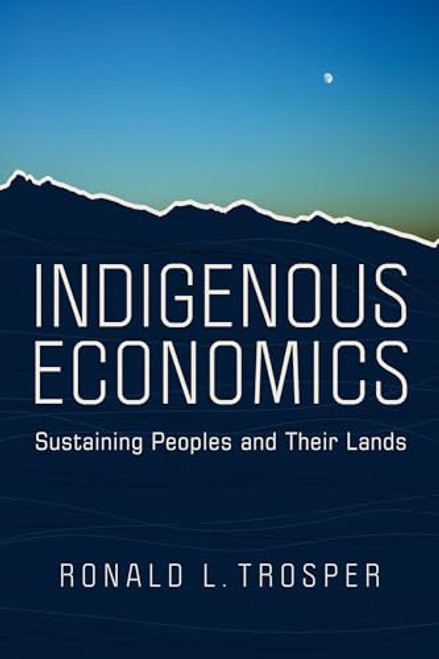'This text seeks to provide an introduction to issues of land use and the economic tools that are used to resolve land-use conflicts. In particular, tools of economic analysis are used to address allocation of land among alternative uses in such a way that the welfare of society is enhanced. Thus, the focus is on what is best for society and not what is best for an individual, a particular group of individuals, or a particular constituency. What this text seeks to provide is a balanced and just approach to decision-making concerning allocation of land.' -- from the Introduction
Land Resource Economics and Sustainable Development has already been tested, in a slightly different format, on over 400 students in a number of upper-level undergraduate and lower-level graduate courses. It presents a pragmatic approach to the issues of land use and sustainable development, and breaks away from the narrow focus of most economics texts on resources as it takes into account current political and ecological concerns while at the same time providing readers with the essential economic tools for a rational discussion of land use conflicts.
Land Resource Economics and Sustainable Development addresses a wide range of issues not covered in other economics texts. These include: soil erosion; wetlands preservation; global climatic change; urban/rural conflict; urban land use; range management; forest management; and public land management.
The broad scope and practical perspective make Land Resource Economics and Sustainable Development useful to students, interdisciplinary researchers, and professional economists and managers working in the fields of economic development, the environment, agriculture, and forestry.
Both U.S. and Canadian data are used throughout the text to illustrate the issues discussed in the book.








